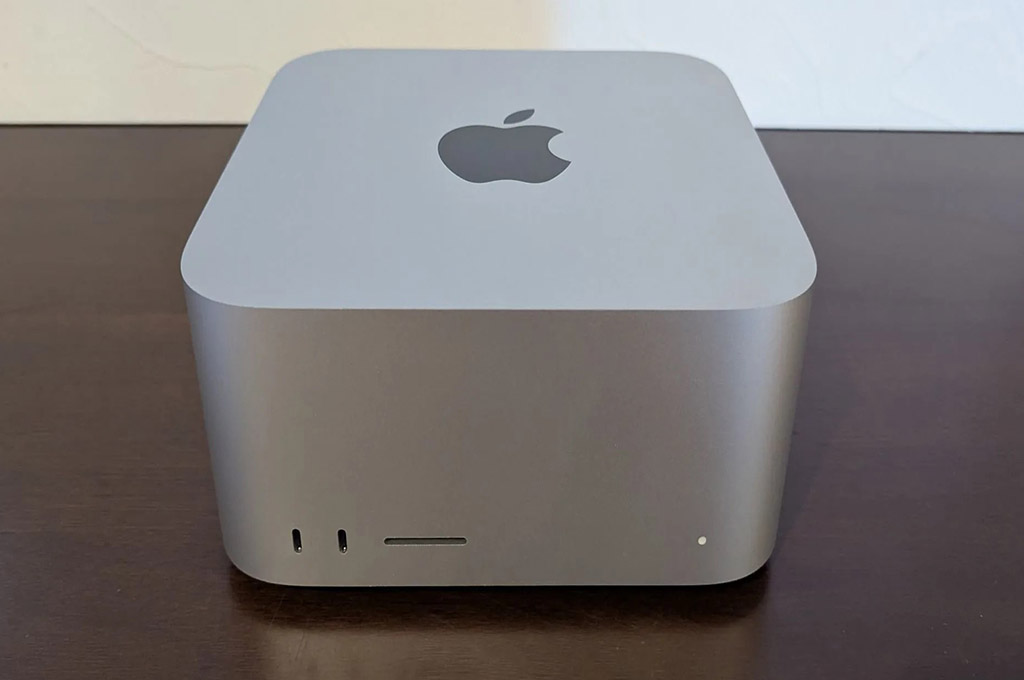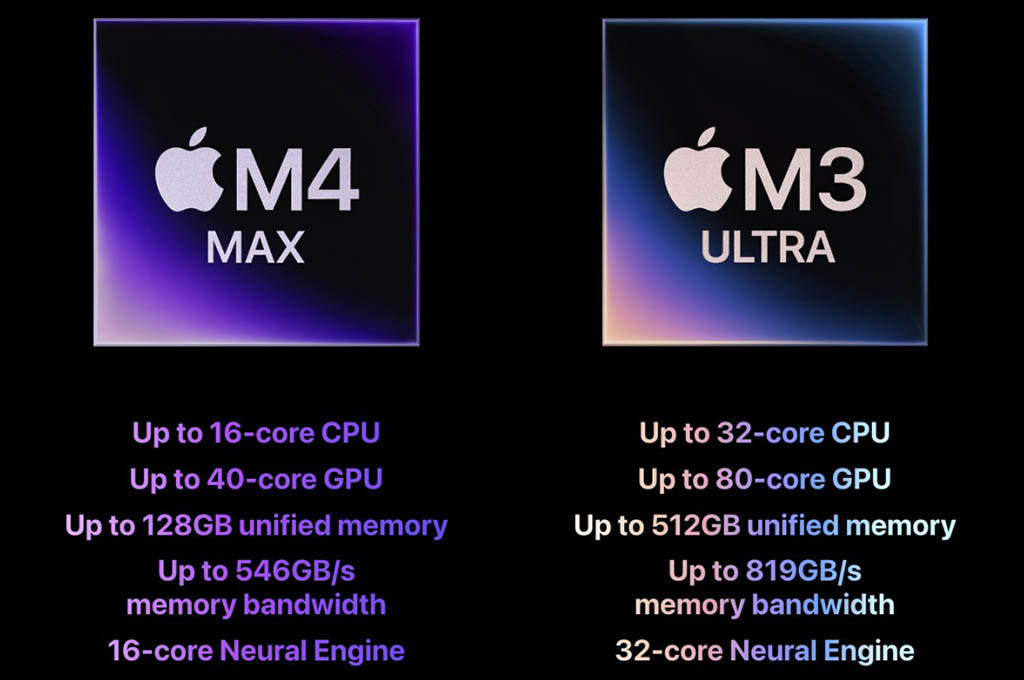Apple Silicon Clash: M4 Max vs. M3 Ultra

Apple’s relentless pursuit of silicon innovation has delivered two formidable contenders for professional workflows: the M4 Max and the M3 Ultra. While both chips reside at the pinnacle of Apple’s silicon offerings, they cater to slightly different needs and represent distinct stages in Apple’s chip development.
Choosing between a Mac Studio powered by the M3 Ultra and a potentially future MacBook Pro or Mac Studio featuring the M4 Max requires a deep dive into their respective improvements, strengths, weaknesses, and ideal use cases. This article will dissect these two powerhouses, providing a direct comparison to help you determine which Apple silicon best suits your demanding requirements.
Architectural Leaps and Improvements
The M4 Max, being a more recent architecture, benefits from advancements in Apple’s silicon design. While specific core counts can vary depending on the configuration, the M4 Max generally boasts improvements in CPU core efficiency and performance compared to the M3 Ultra’s individual CPU cores. This translates to potentially faster single-core and multi-core performance for everyday tasks and moderately demanding creative applications. The GPU architecture in the M4 Max typically sees generational leaps, offering enhanced graphical processing power and efficiency for tasks like video editing, motion graphics, and some 3D rendering.
The M3 Ultra, on the other hand, takes a different approach to achieving ultimate power. It effectively combines two M3 Max dies using Apple’s UltraFusion architecture. This results in a significantly higher core count for both the CPU and GPU compared to a single M4 Max chip. While the individual core performance of the M4 Max might be slightly superior, the sheer parallel processing capability of the M3 Ultra allows it to chew through highly threaded workloads like complex video encoding, advanced 3D rendering, and large-scale simulations with remarkable speed. The M3 Ultra also typically features a wider memory bus and higher unified memory capacity, crucial for handling massive datasets.
M4 Max: Strengths, Weaknesses, and Use Cases
Pros:
Cons:
Use Cases: The M4 Max is ideal for professionals who need exceptional performance across a wide range of demanding tasks, including high-end video editing, complex graphic design, advanced photo manipulation, and software development. Its potential integration in MacBook Pros makes it perfect for those who require significant power on the go. It excels in workflows that benefit from strong per-core performance and a modern, efficient GPU.
M3 Ultra: Strengths, Weaknesses, and Use Cases
Pros:
Cons:
Use Cases: The M3 Ultra is the ultimate workhorse for professionals dealing with the most demanding, highly parallelised tasks. This includes high-end video post-production with complex effects and resolutions, professional 3D rendering and animation, scientific research requiring massive computational power, and advanced machine learning model training. It’s the go-to choice for users who need raw, unadulterated desktop processing power and the ability to handle enormous datasets.
Direct Comparison: Choosing Your Champion
The choice between the M4 Max and the M3 Ultra boils down to the specific nature of your work and your need for portability. If your workflows benefit significantly from high per-core performance and you desire a powerful laptop, the M4 Max MacBook Pro would likely be the better choice. It offers a fantastic balance of power and efficiency in a potentially mobile form factor.
However, if your work heavily relies on massively parallel processing and the ability to handle extremely large datasets, and portability is not a primary concern, the M3 Ultra Mac Studio is the clear winner. Its higher core counts and greater memory bandwidth provide a significant advantage for tasks that can fully utilise these resources.
Conclusion
Both the M4 Max and the M3 Ultra represent remarkable achievements in Apple silicon engineering. The M4 Max focuses on refined per-core performance and efficiency, potentially bringing extreme power to portable devices. The M3 Ultra prioritises sheer parallel processing capability and the ability to tackle the most demanding desktop workloads.
By understanding their respective strengths, weaknesses, and ideal use cases, professionals can make an informed decision and choose the Apple silicon that will best empower their creative and computational endeavours. The “better” chip isn’t absolute; it’s entirely dependent on the user’s specific needs and priorities.




